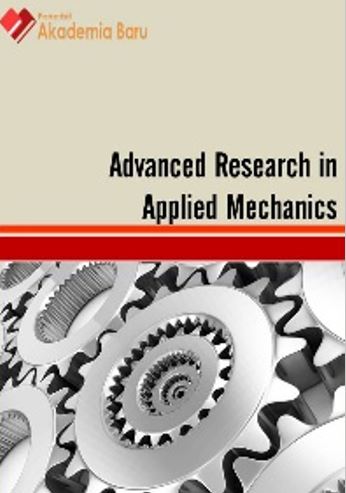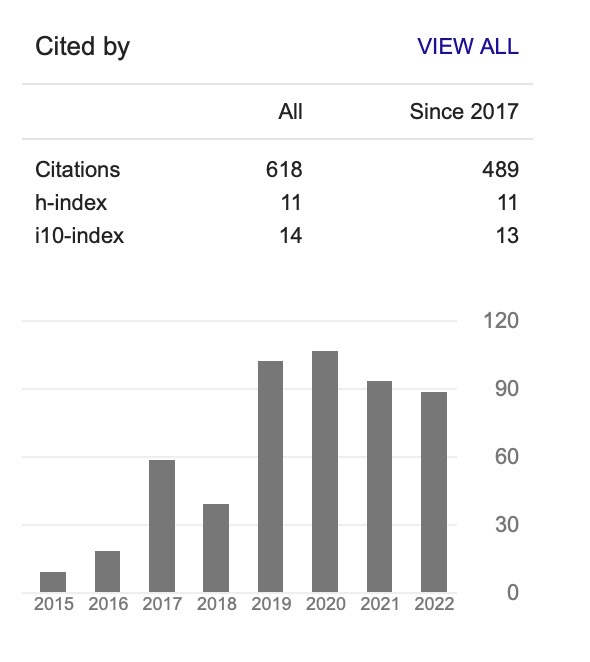Analyzes of Flow Field Near the Combustor Endwall Surface Under the Usage of Row Trenched Cooling Holes
Keywords:
gas turbine, film-cooling, cylindrical hole, trenched hole, dilution jetsAbstract
This study was done in order to investigate the effects of using row trenched cooling holes with an alignment angle of 0 and 90 degrees on the dynamic behavior of flow near the combustor end wall surface. Higher gas turbine engine efficiency is an important issue. Bryton cycle is a key to this. According to this cycle, it is required to increase the outlet combustion temperature. But this temperature increase creates harsh environment at the end of combustor and threatened the life of critical parts. So, the design of a cooling scheme is essential. Cooling is divided into two different parts –internal and external cooling- and film cooling is the common way which is seen in the external cooling. Film cooling effectiveness increment is achieved by coolant blowing ratio increase. However, with mass flux ratio augmentation, coolant not attach well on the protected surface. To solve the problem, it is needed to restructure the cooling holes. Trenching holes is a usual way. But the effects of trenched cooling holes at the end of combustor and the alignment angle of row trenched cooling holes are not considered yet. In this study a three dimensional presentation of true Pratt and Whitney gas turbine engine was simulated and analyzed with a commercial finite volume package FLUENT 6.2.26 for gathering the fundamental data. This combustor simulator combined the interaction of two rows of dilution jets, which staggered in the stream wise direction and aligned in the span wise direction. The entire findings of the study showed that with trenching cooling holes the turbulence level increased slowly from first cooling panel to the last one. At the leading edge of the jet, the jet mainstream interaction intensified the gradients of velocity especially for the trenched case.








